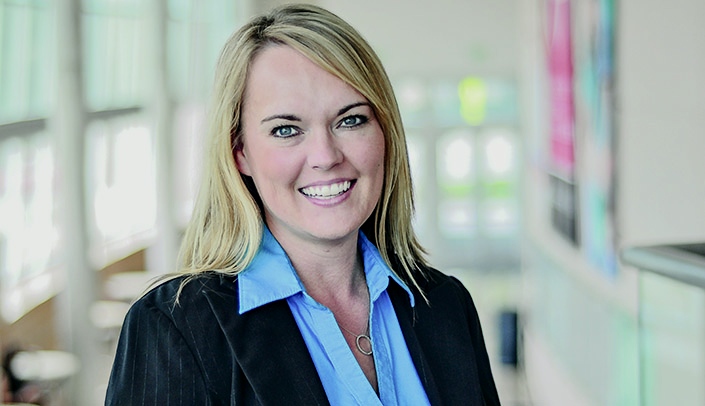As a pandemic reached Nebraska, and teaching and learning went off-campus, an opportunity presented itself. “We decided to see how this was going for everybody,” said Andrew Robertson, institutional research analyst II, in the Office of Institutional Research. “We offer a lot of online programs. But we’d never done an entire student body working remotely.”
It was, he said, “An unplanned but massive field test for distance learning.”
And it was the perfect circumstance for a study, “Effects of remote learning on educational outcomes during COVID-19 quarantine.” But after the initial survey, which included more than 1,000 respondents campus-wide, the team, led by Kendra Schmid, PhD, assistant dean of graduate studies, drilled down even further to look at grad-school students and faculty. Campus-wide, “Most of the instructors and students experienced only a small decline in educational quality, or otherwise completely unchanged,” Robertson reported. “Students and faculty like the flexibility of attending lectures and seminars remotely and asynchronously,” Dr. Schmid said. Instructors responded that 80 percent of their students have adapted reasonably well to extremely well. The biggest concern about remote learning, for more than 45 percent of graduate students, was “possible delays in graduating/completing program.” Among graduate students, 54 percent responded that they had difficulty focusing or paying attention during remote learning instruction or activities. And 40 percent had a personal preference for face-to-face learning. But these were both lower percentages than their non-graduate studies counterparts. “One of the things we saw,” Robertson said, “was that students consistently reported that they preferred not necessarily a return to the classroom, but a return to campus spaces. They wanted to visit and study with other students.” “Not specifically class related,” one graduate student wrote, “but loss of in-person networking and relationship building.” There was a strong response that whatever “normal” will be, going forward, some elements of this past spring’s distance-learning model should be kept. The greatest response the kind of improvements graduate students would like to see was “clearer remote learning policies and expectations,” at 36.8 percent. Meanwhile, nearly 38 percent of faculty said they would like to see more interaction with their students during remote learning. Several students indicated that seeing their instructors in their “home setting” — including with pets — led to a more personal connection. Even though learning was distant, “They felt there was more opportunity for direct student-teacher interaction,” Robertson said. Please go here for a summary of survey responses and here for a presentation of the study.
